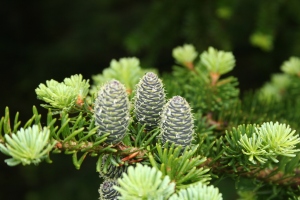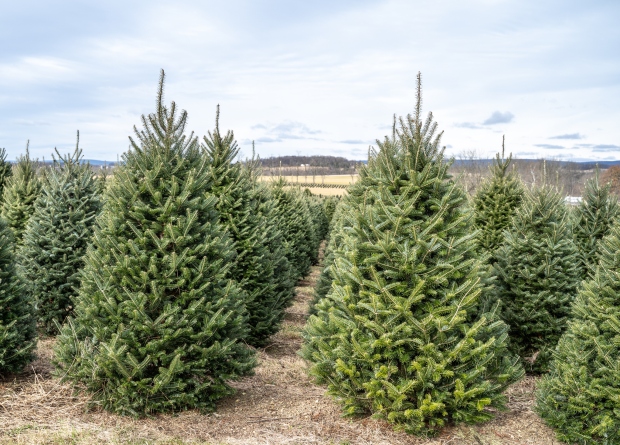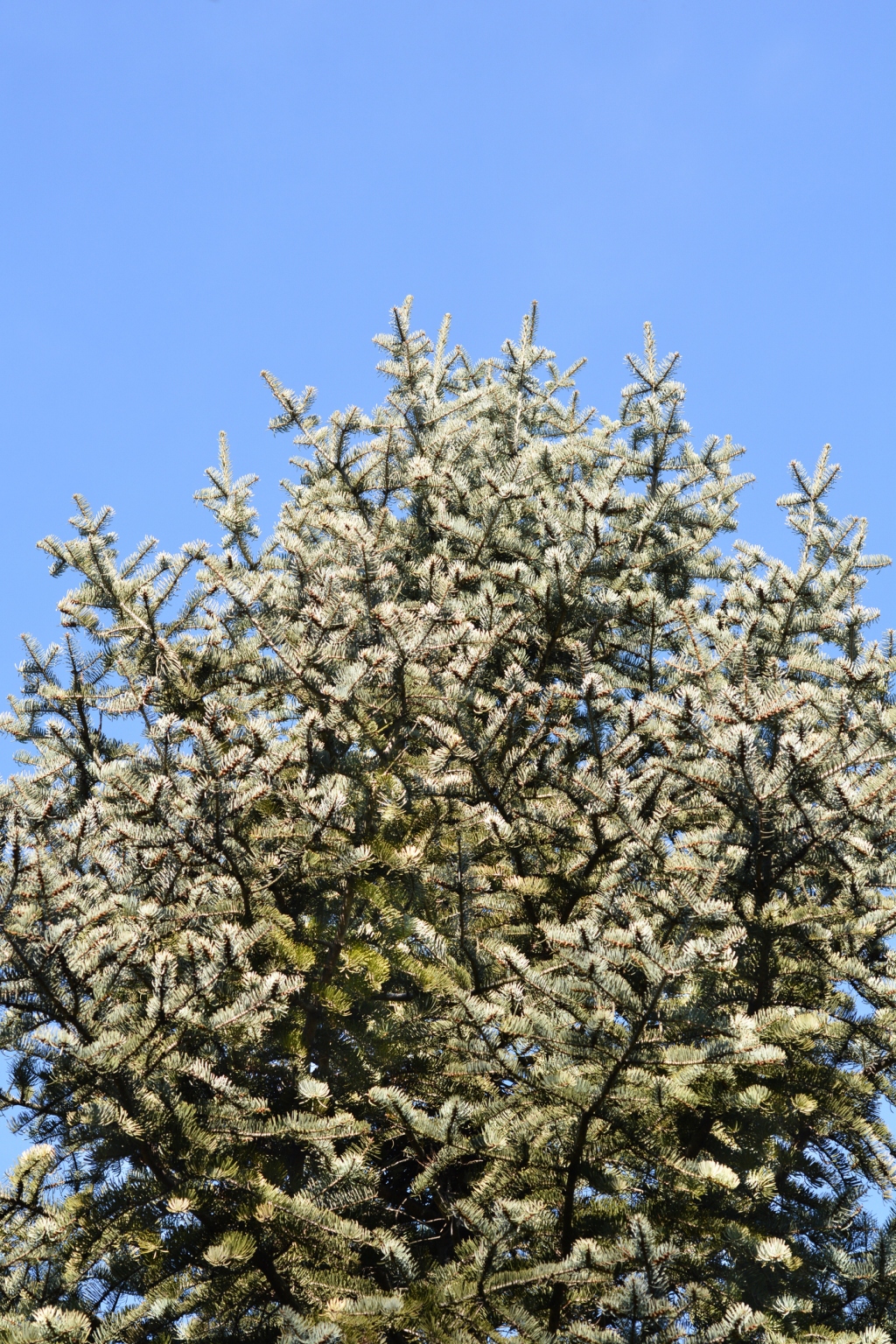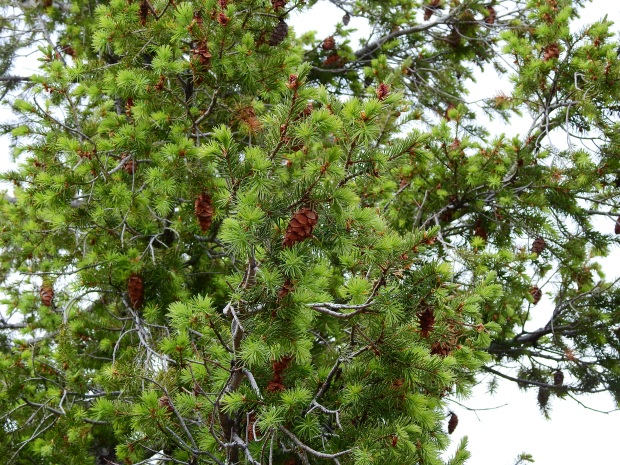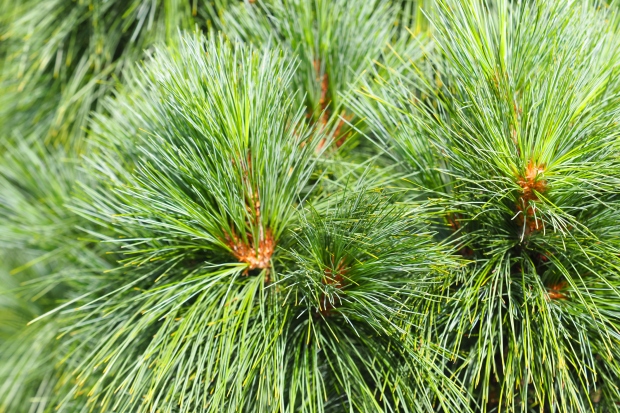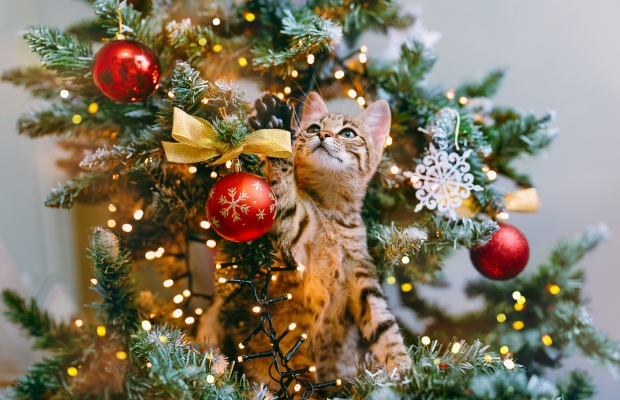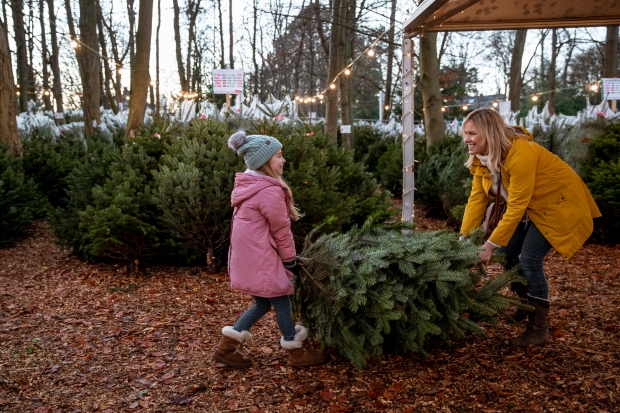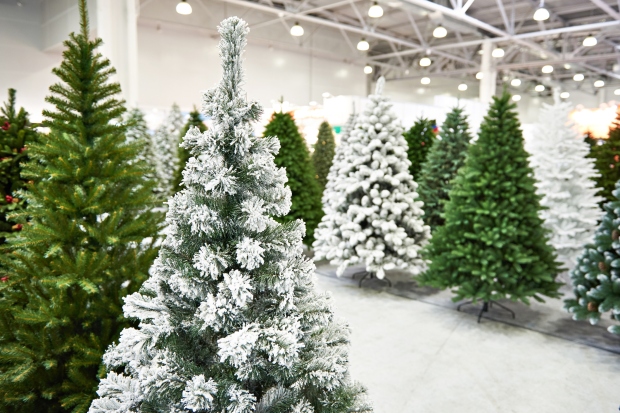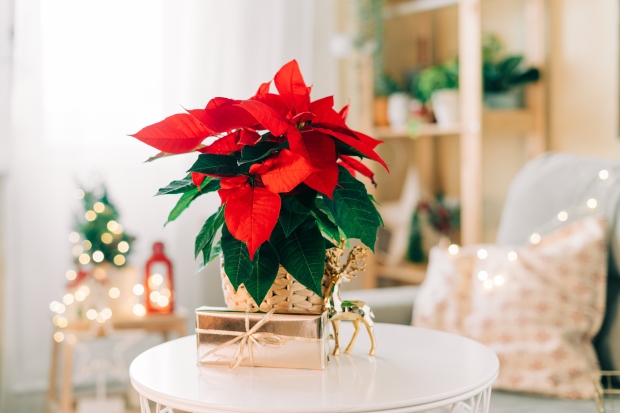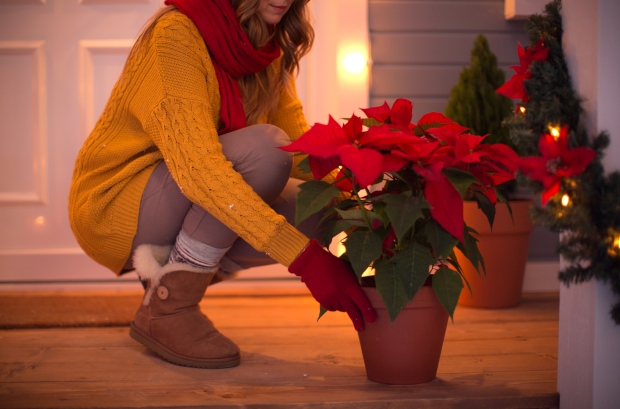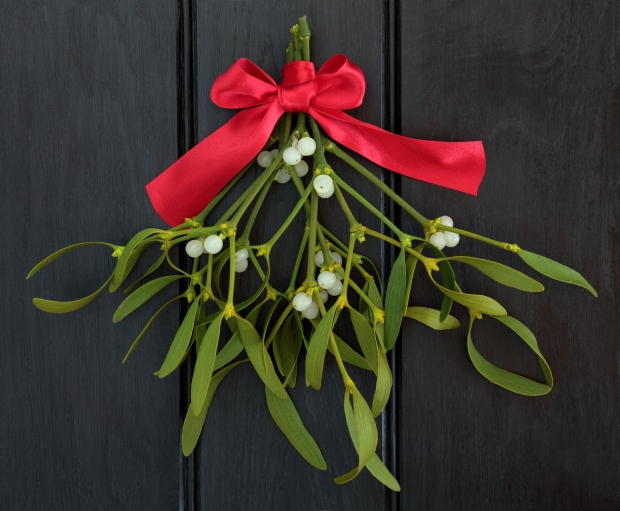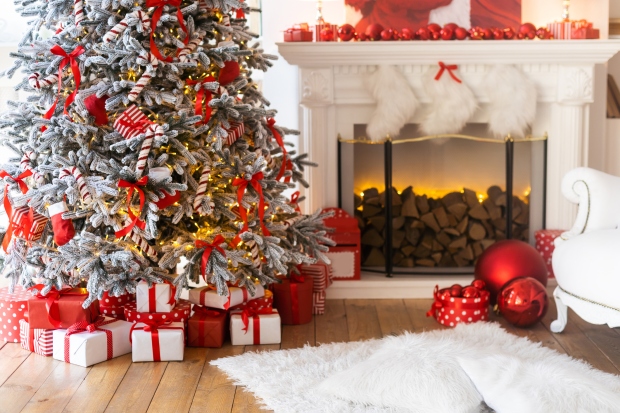Learn how to plan, plant, and visualize your garden for a bountiful harvest and a greener lifestyle.
One of the most important things you can do to ensure a successful vegetable garden is to create a map of your garden. One cann’t start wrong and do a right thing. It may sound daunting, especially if you’re new to gardening, but I promise you, it’s worth the effort.
Gather Your Materials
- Graph paper: This will help you keep your drawing to scale and ensure that your garden map is accurate.
- Ruler: A ruler will help you measure your garden plot and draw straight lines.
- Pencil and eraser: These are essential for sketching out your garden map and making changes as needed.
- Colored pencils or markers: These will help you color-code your garden map and add additional details.

Measure Your Garden Plot
Measure the length and width of your garden plot, making note of any permanent features, such as trees or fences, that you’ll need to work around. Use these measurements to draw a rough sketch of your garden plot on the graph paper. Consider using a scale to ensure your garden map is accurate. For example, you could use a scale of 1 inch on the graph paper to represent 1 foot in your garden.
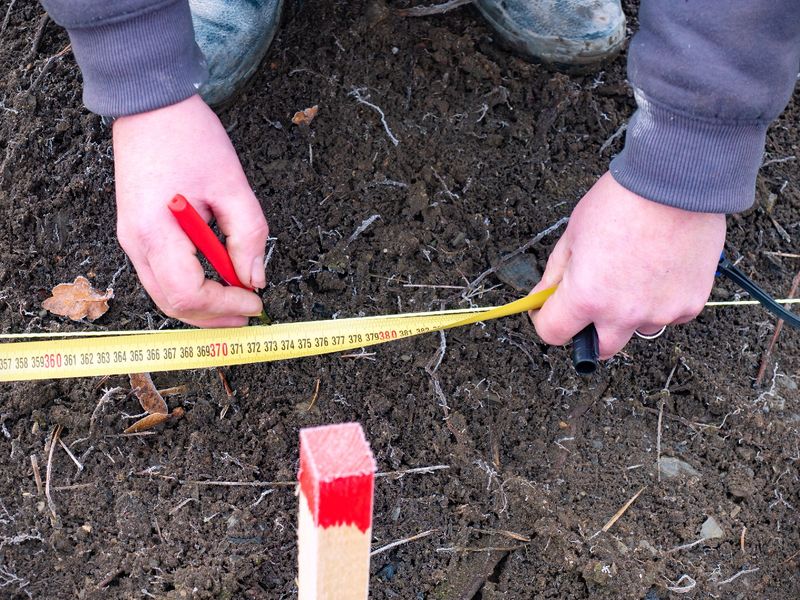
Draw Your Garden Map
Using the sketch you created in the previous step, draw your garden map on the graph paper. Divide your garden into sections, depending on what you plan to plant. For example, you might have a section for tomatoes, a section for lettuce, and a section for beans. Label each section accordingly. Make sure to include a key or legend on your garden map to help you remember what each symbol or color represents.
Plan Your Garden
1. Assess Your Site:
Before you start planning your garden, take some time to observe your garden site. Consider the amount of sunlight your garden receives, the quality of your soil, and the presence of any natural elements that may impact your garden, such as wind or water. You can also test your soil to determine the pH level and nutrient content, which will help you choose the right plants for your garden.

2. Determine Your Planting Goals:
Consider what you hope to achieve with your garden. Do you want to grow your own vegetables to save money on groceries? Do you want to grow a wide variety of fruits and vegetables to experiment with new recipes? Do you want to plant a garden for the beauty and enjoyment of it? Knowing your goals will help you make informed decisions about what to plant and how much space to allocate to each crop.

3. Choose Your Plants:
When choosing what to plant in your garden, consider factors such as the size of the mature plant, its preferred growing conditions, and the amount of care it requires. You can also choose plants based on your personal preferences, such as your favorite vegetables or fruits. It’s important to choose plants that will thrive in your local climate and soil conditions, as well as those that will complement each other in terms of space, light, and nutrient requirements.

4. Design Your Garden Layout:
Once you’ve chosen the plants you want to grow, it’s time to design the layout of your garden. Consider the size of each plant and how much space it will need to grow, as well as the spacing between each plant. You can also incorporate companion planting techniques, which involve planting certain crops together to benefit each other, such as planting basil near tomatoes to repel pests.

5. Create a Planting Schedule:
Finally, create a planting schedule to help you keep track of when to plant each crop. Consider factors such as the average last frost date in your area, as well as the time it takes for each plant to mature. This will help you avoid planting too early or too late, and ensure that you have a continuous supply of fresh produce throughout the growing season.

Add the Plants to Your Garden Map
Using colored pencils or markers, draw in the different plants in each section of your garden. You can use symbols or color-coding to represent different plants or varieties. Make sure to label each plant, so you know what’s growing where. You can also add additional details, such as plant spacing, companion plants, or support structures.
Keep Your Garden Map Up to Date
Your garden map isn’t a one-and-done task. You should update it as needed, such as when you plant new crops or move plants around. This will help you keep track of what’s growing in your garden and where.










































